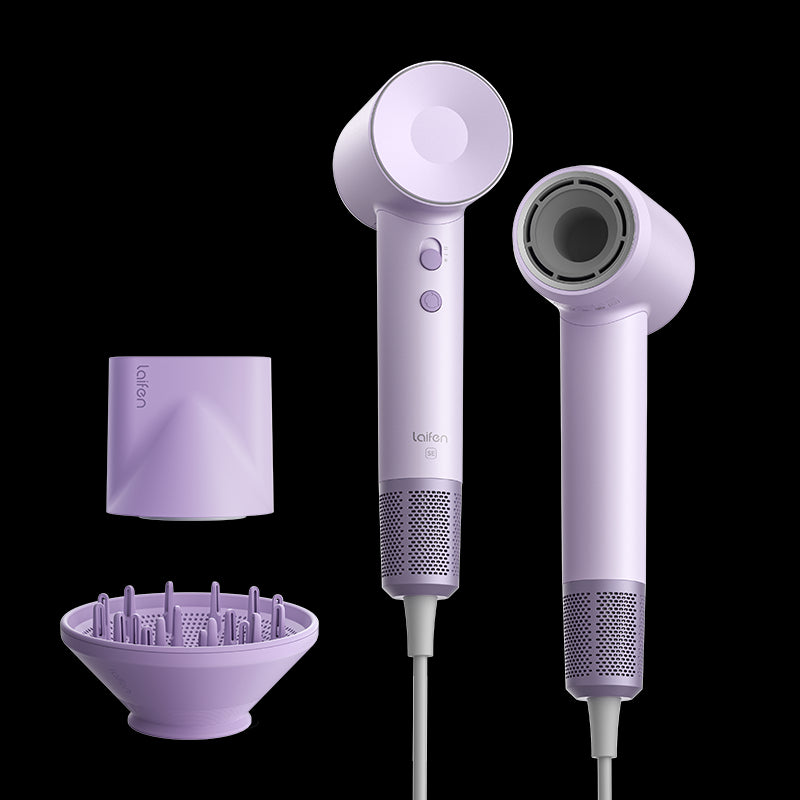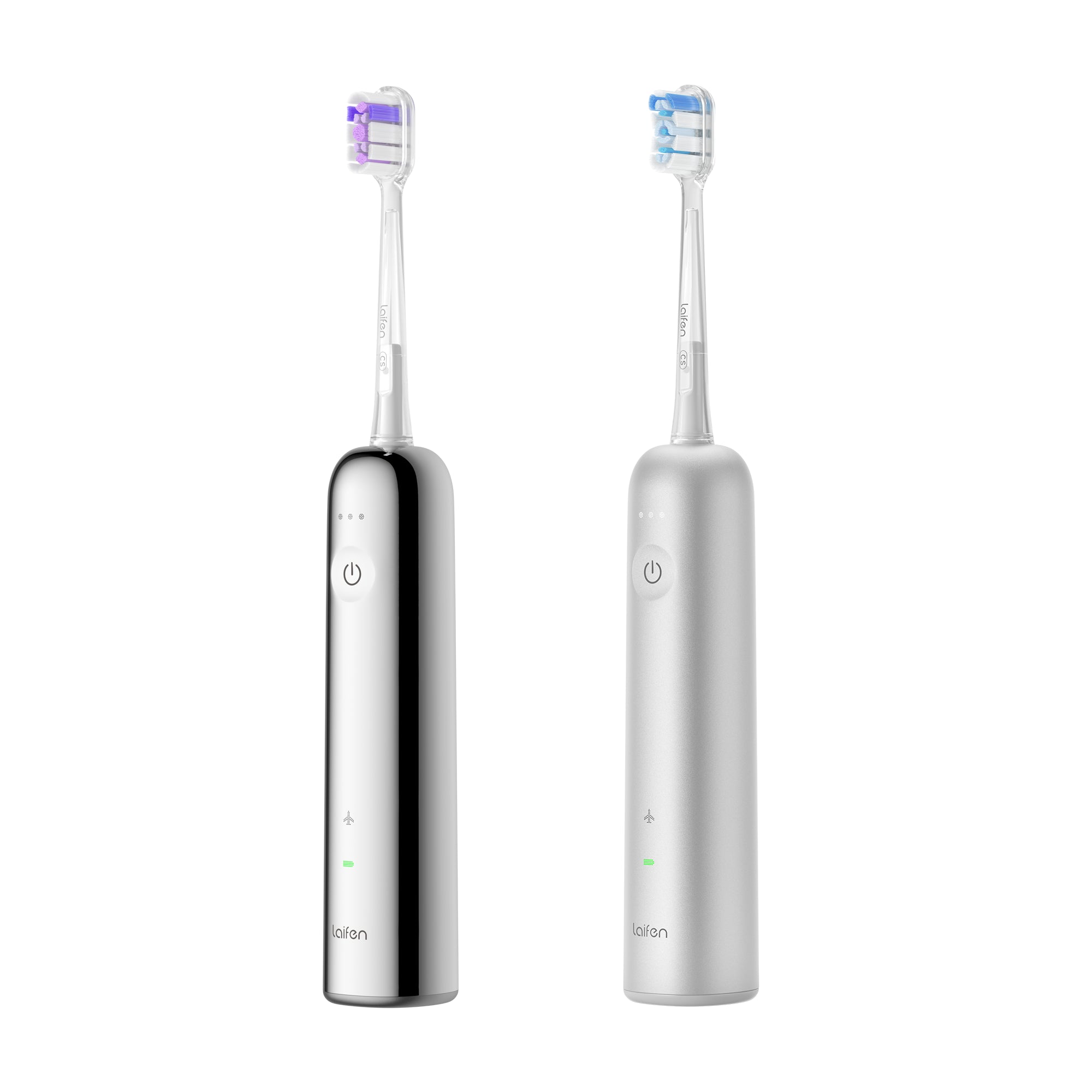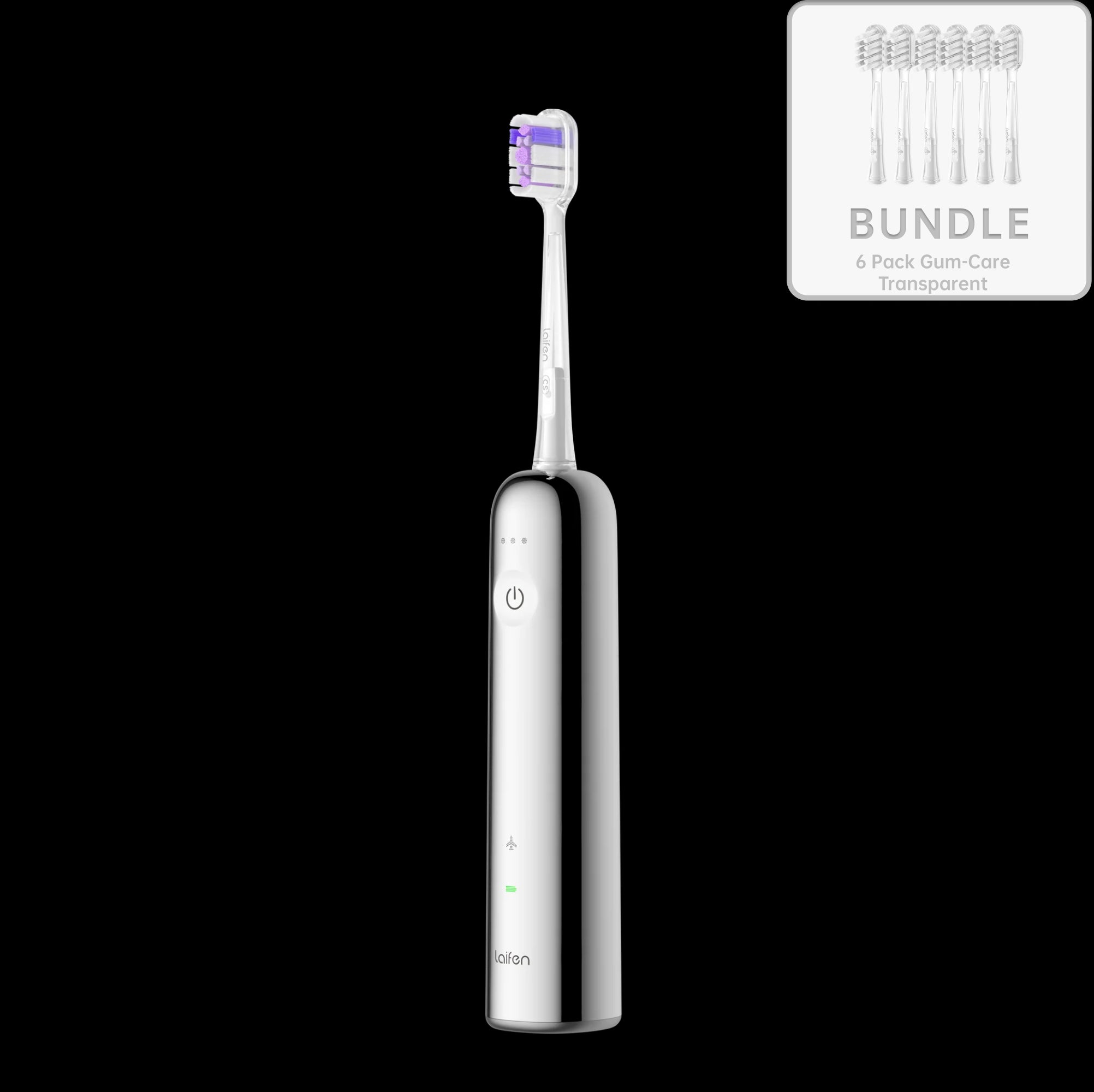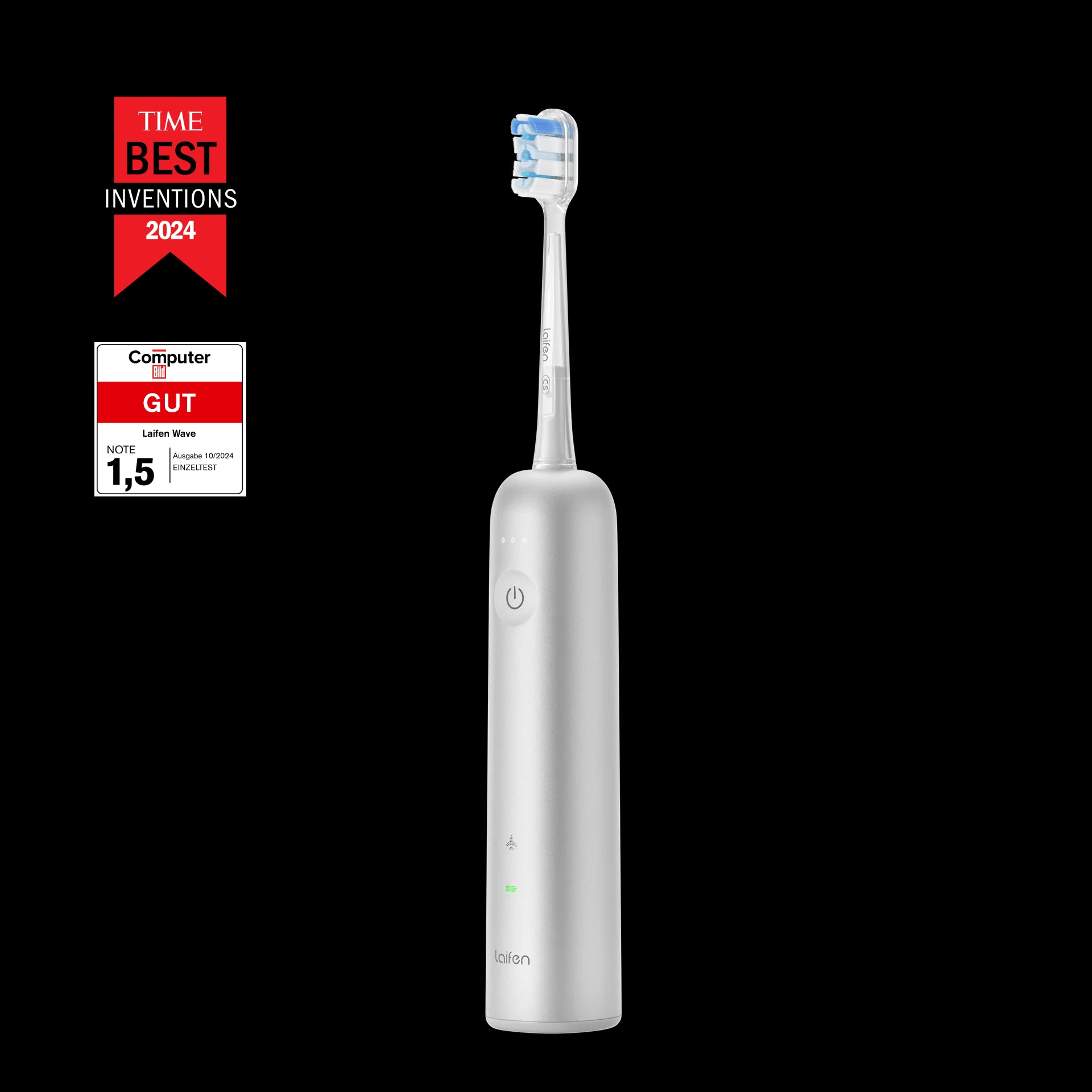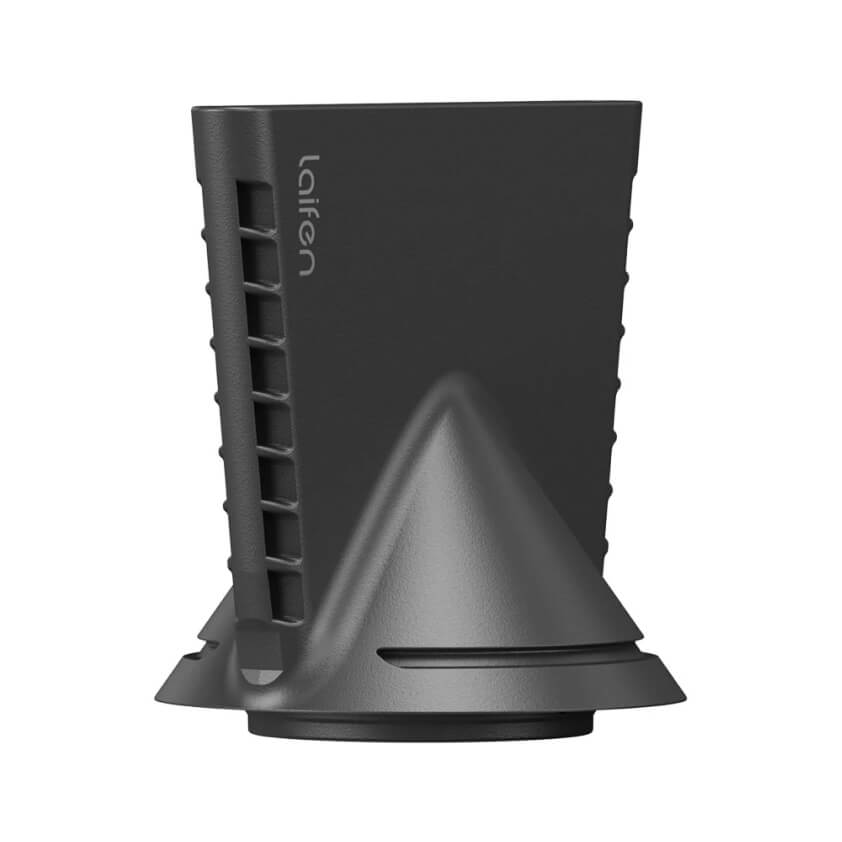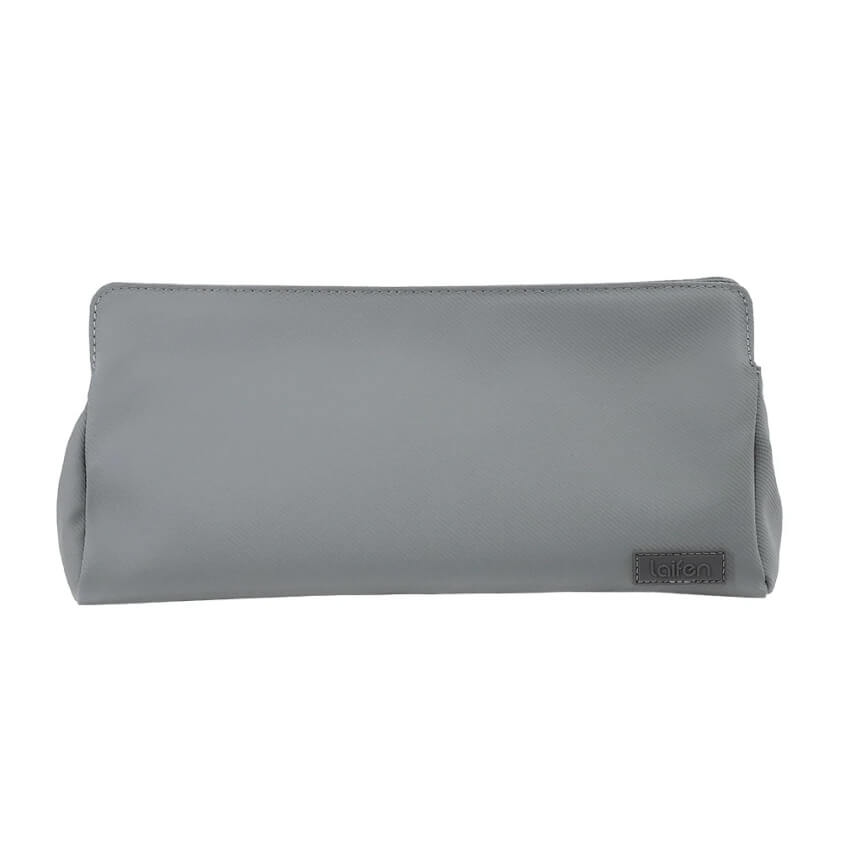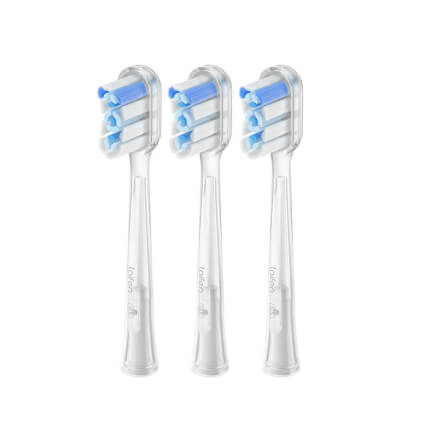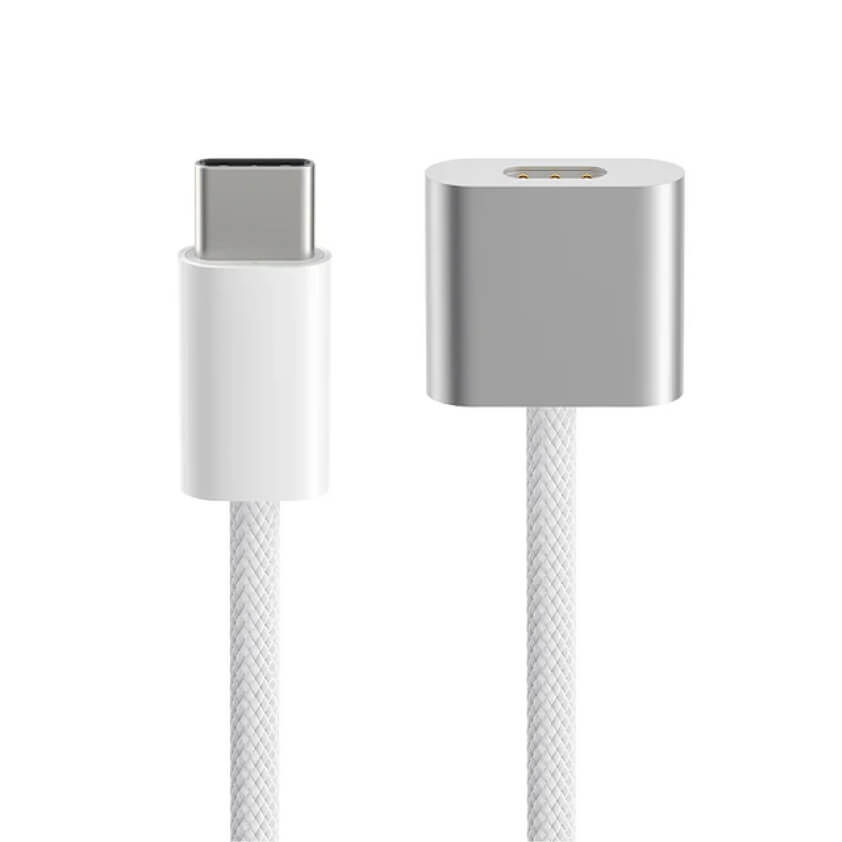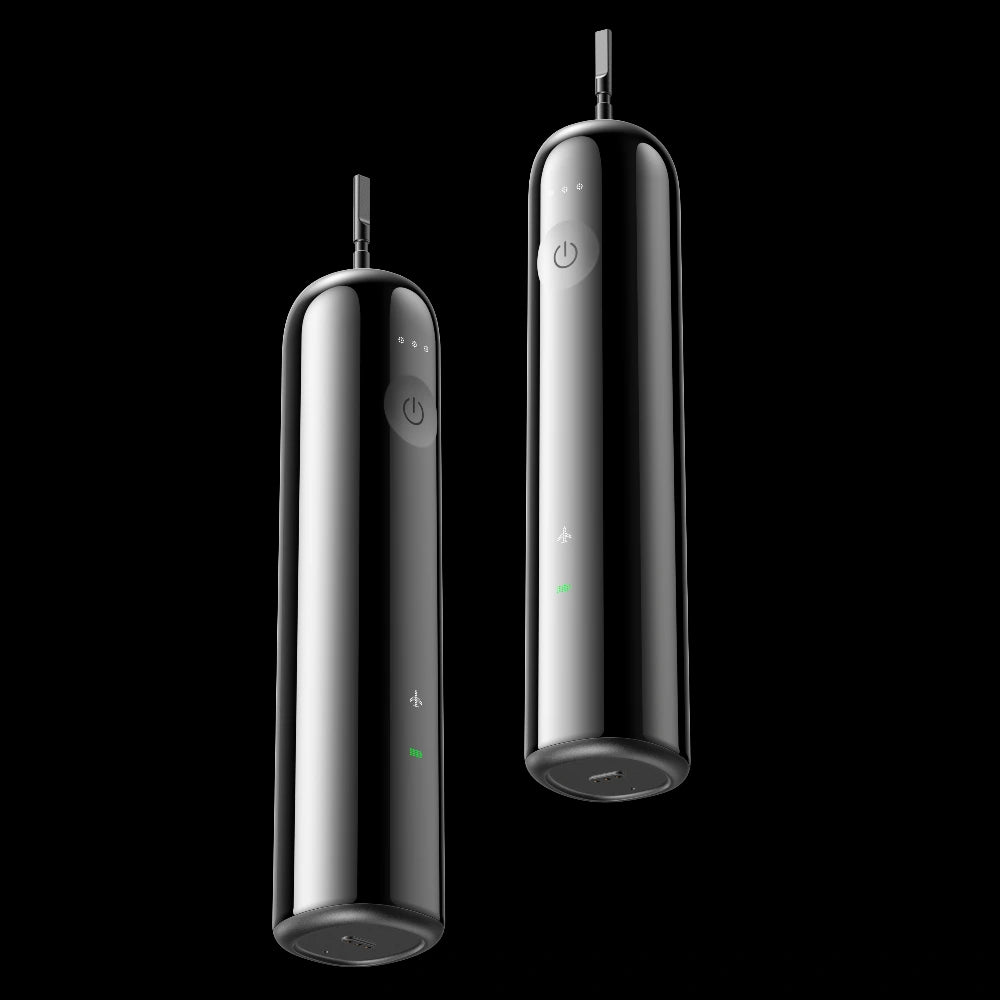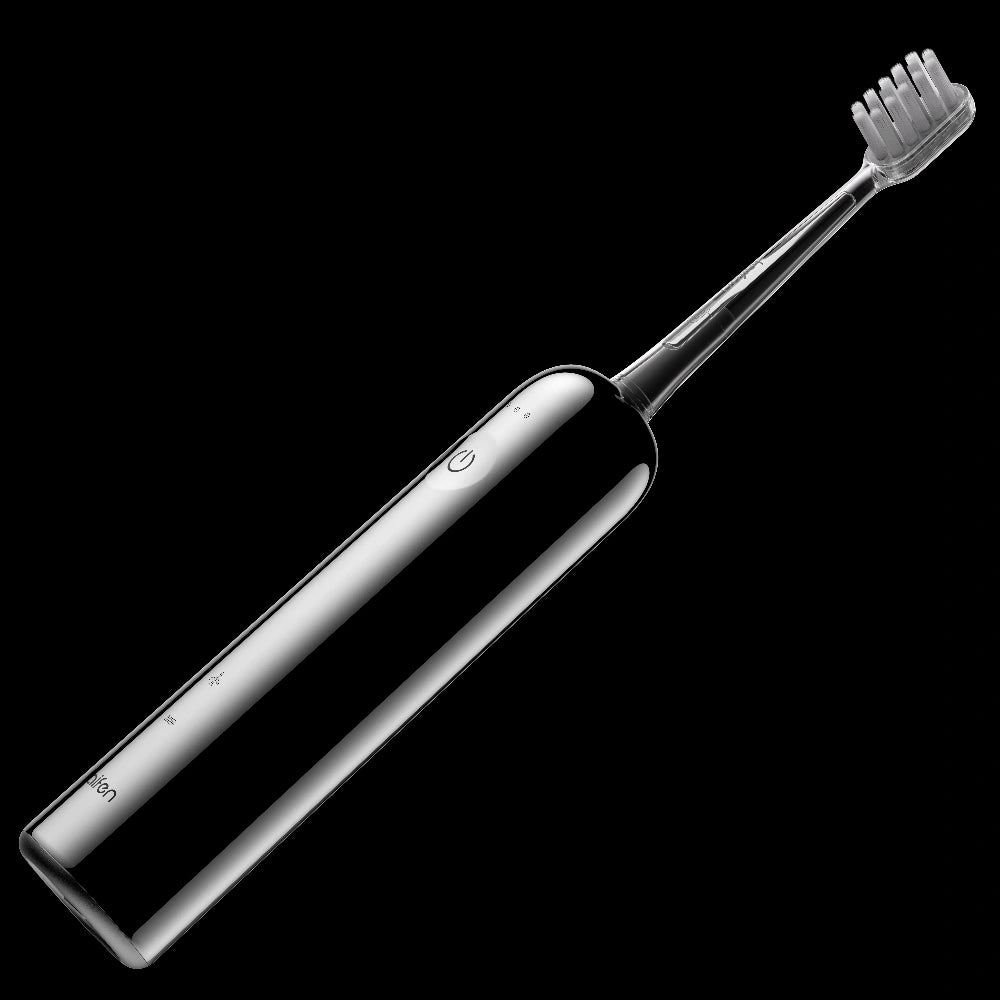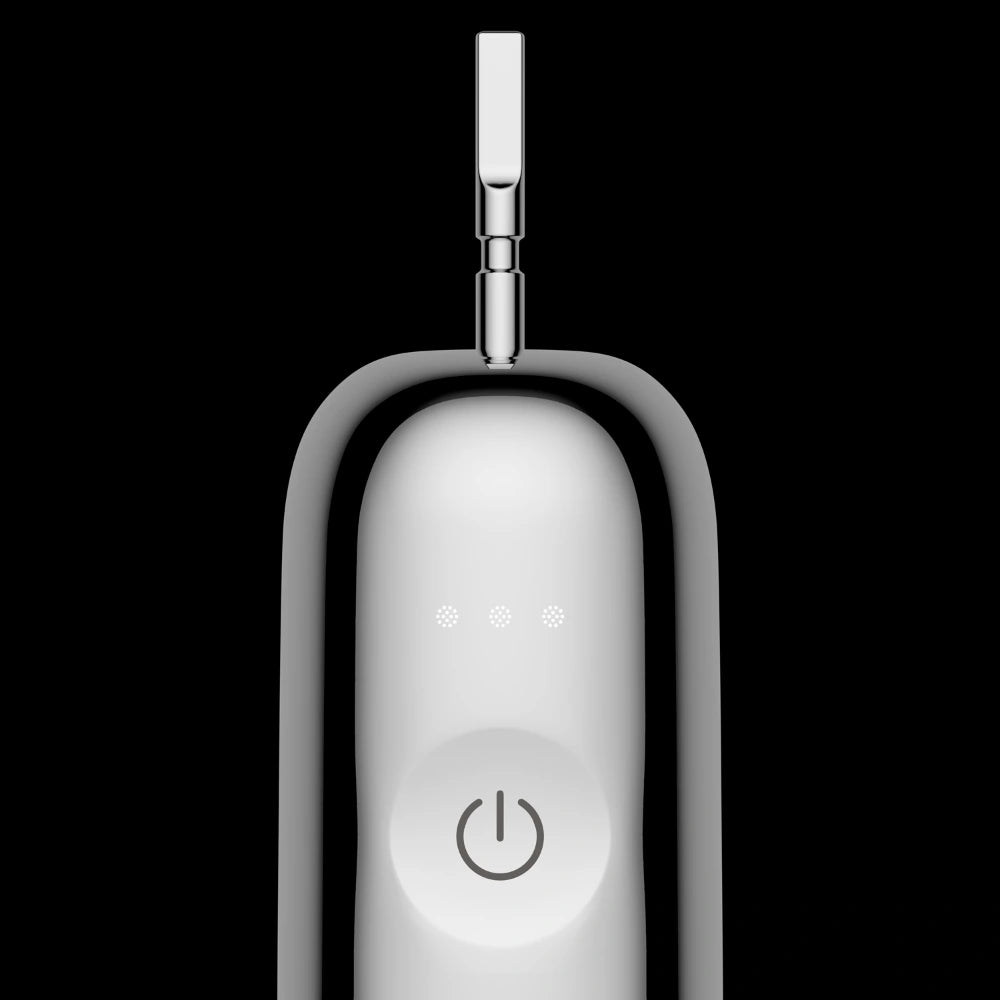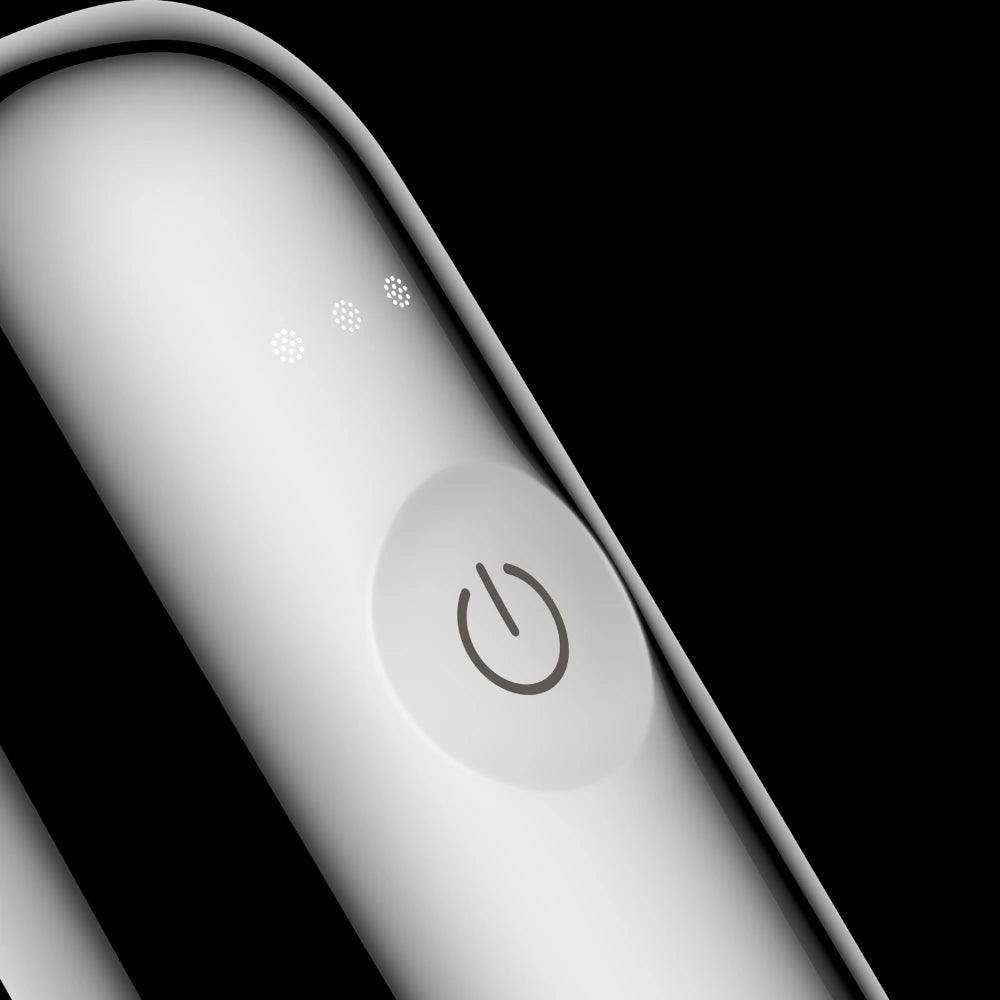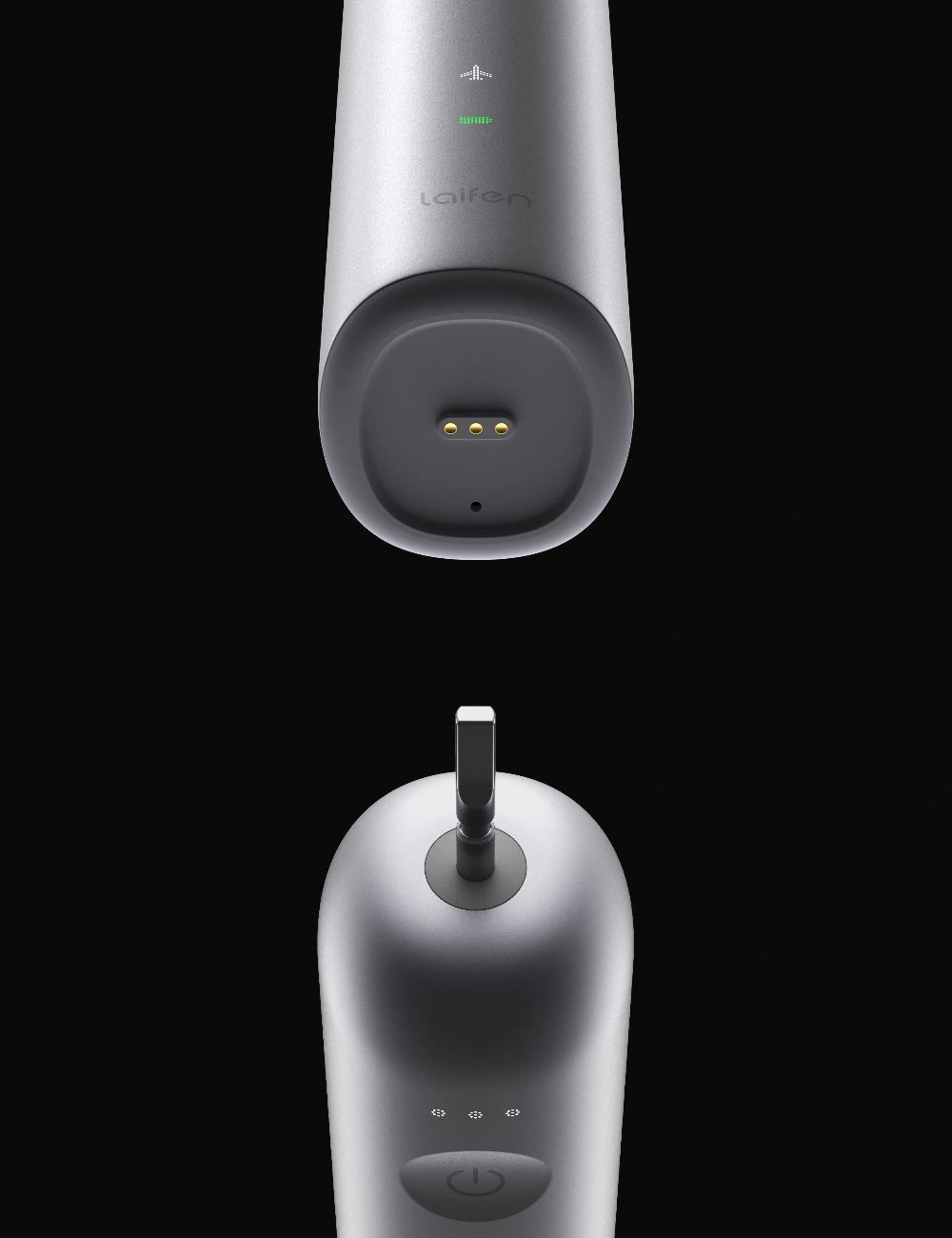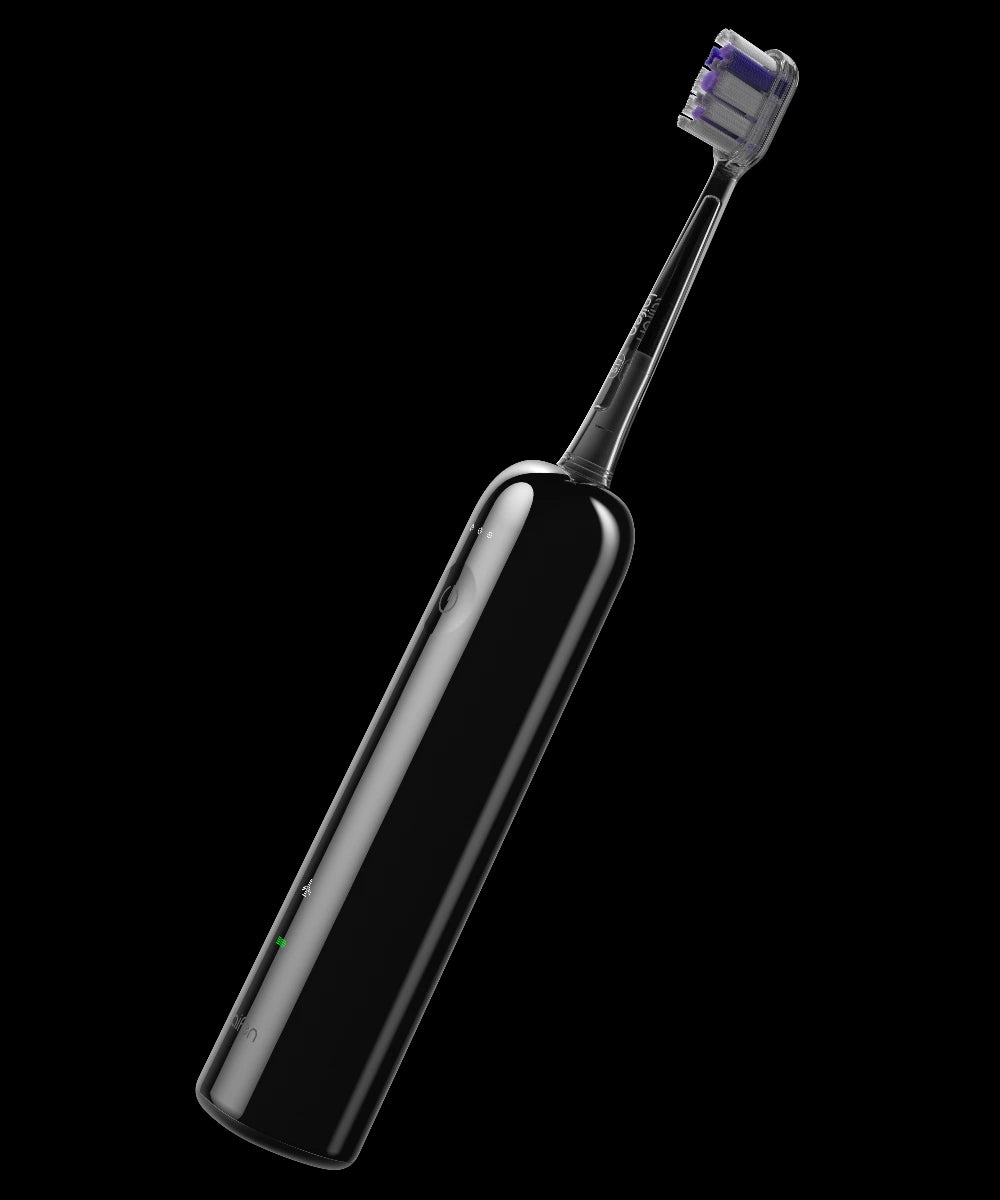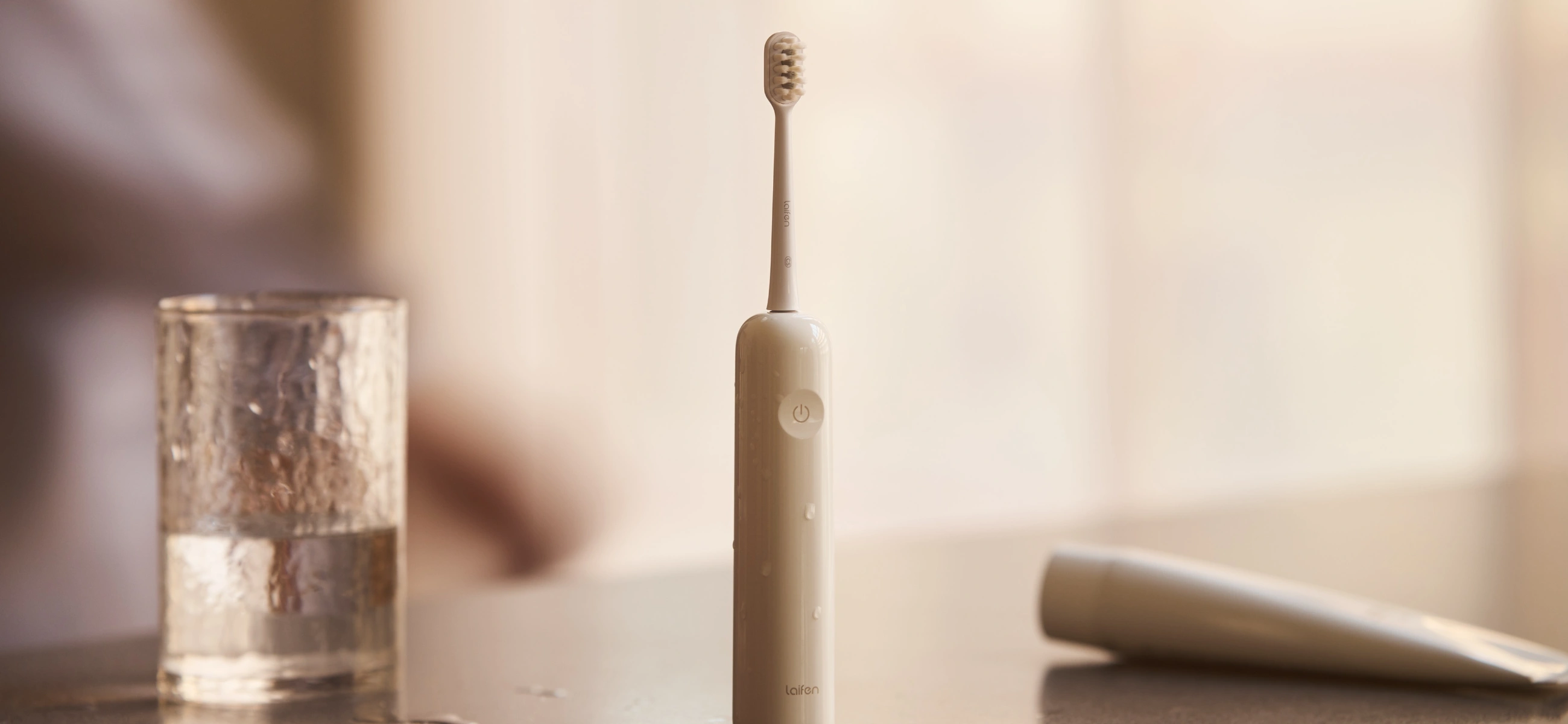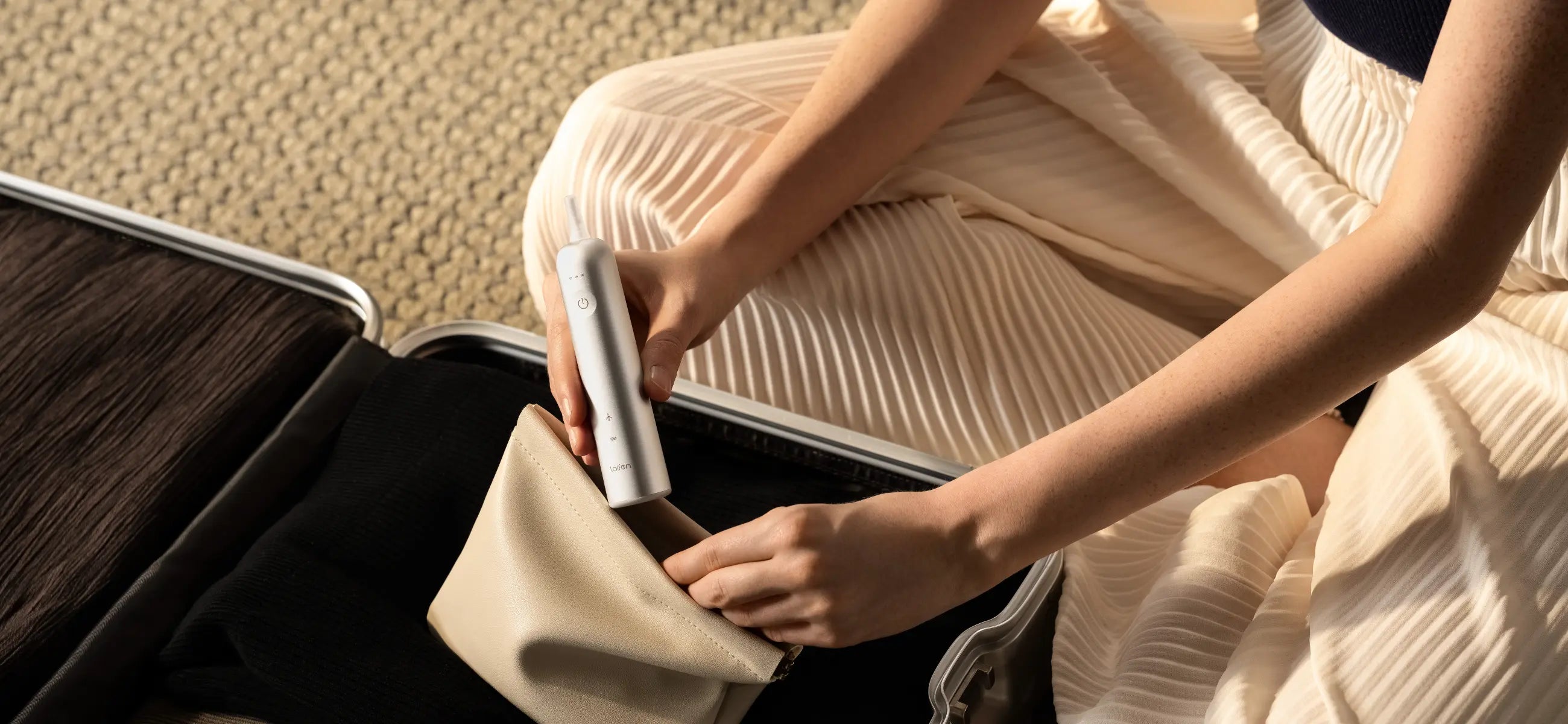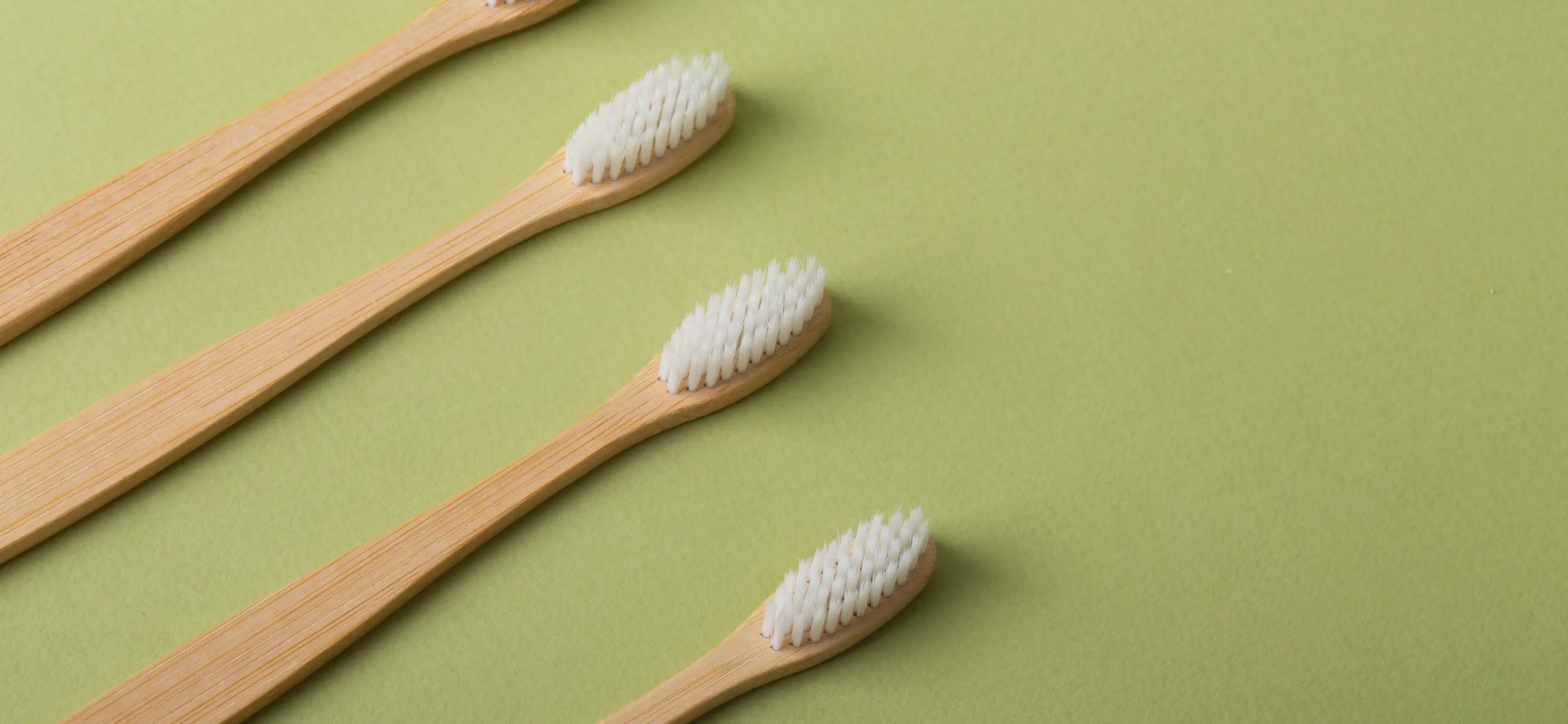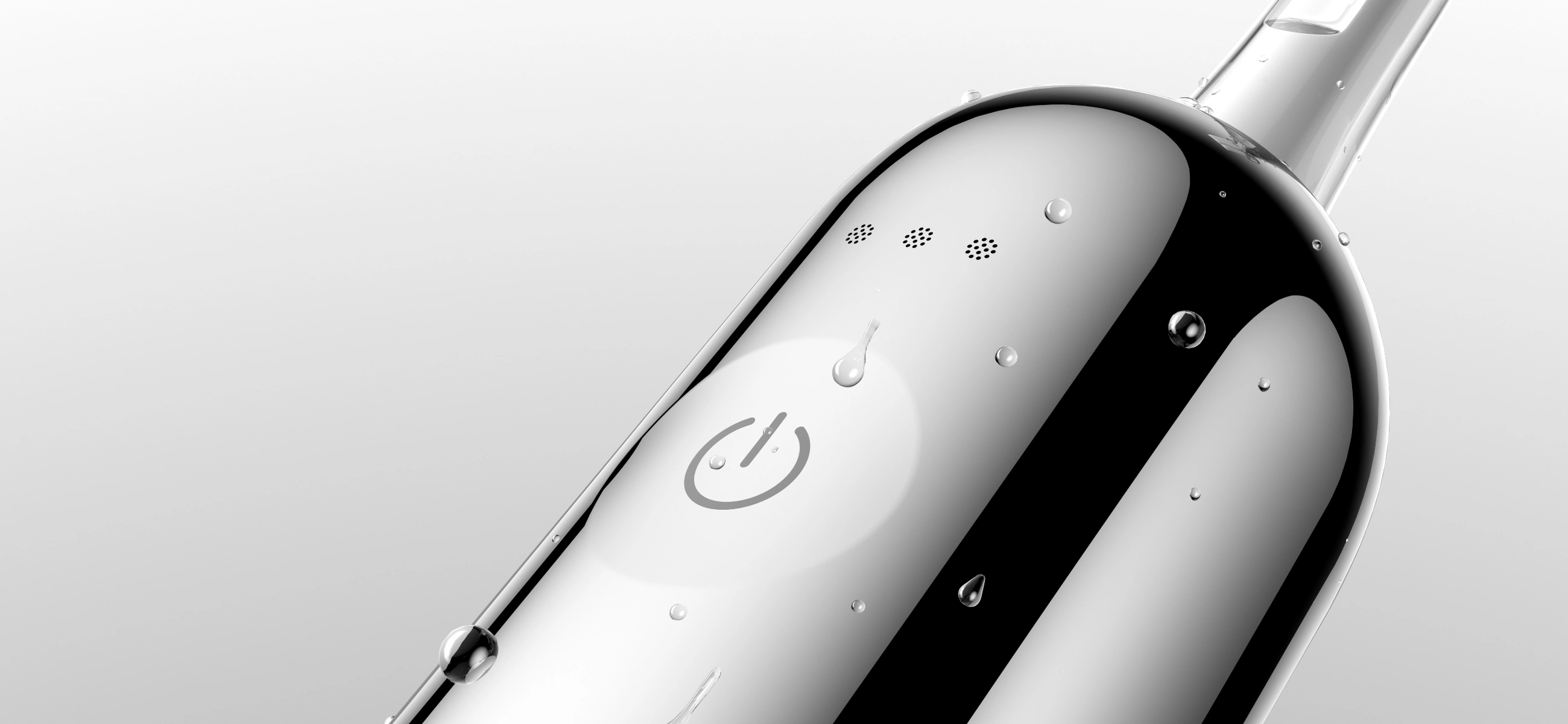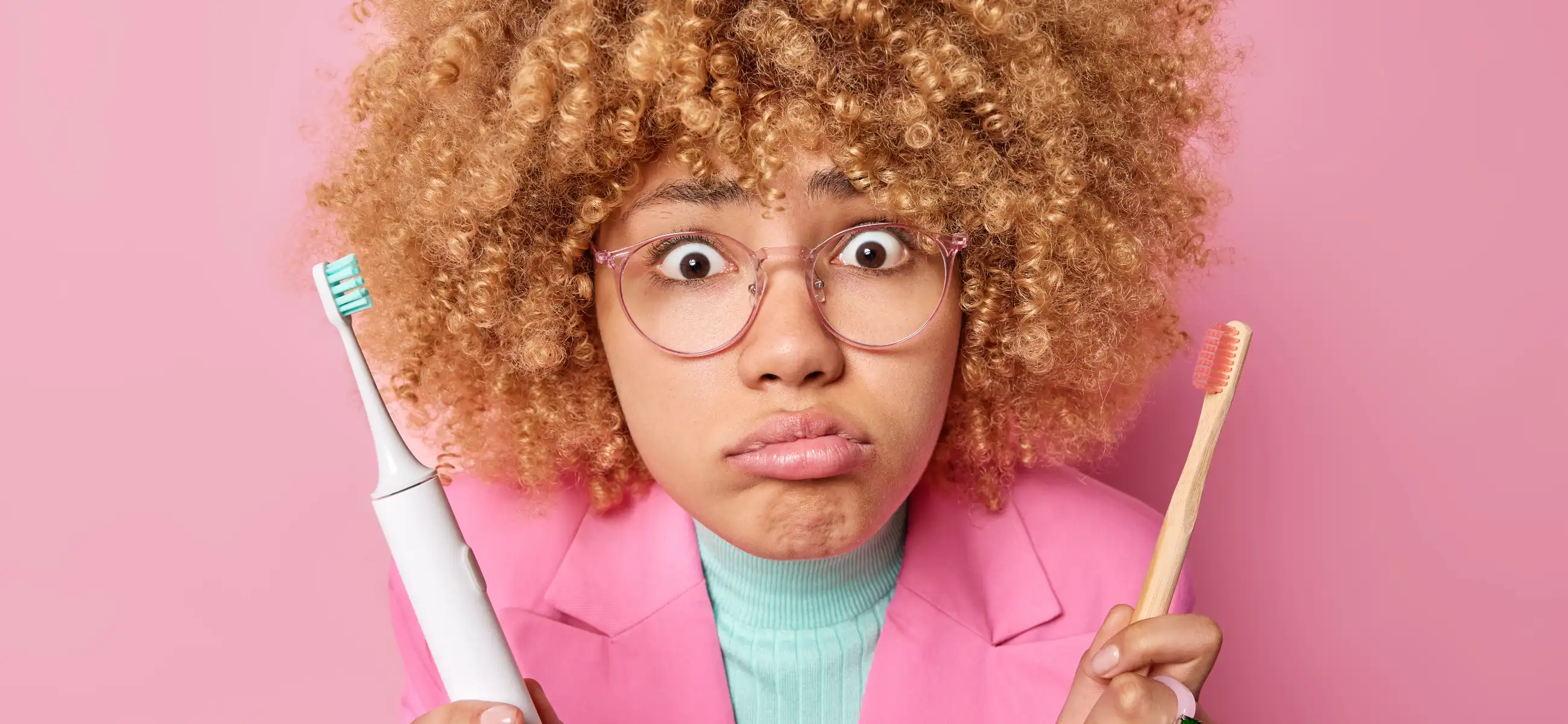
In this article
Electric toothbrushes are becoming increasingly popular, but are they just a fad or is there really an improvement behind them? Compared to manual toothbrushes, electric toothbrushes can seem very complicated due to their many functions, but the reality is: one is better than the other. Now, let's see the differences between electric and manual toothbrush.
Why you should use an electric toothbrush vs manual
There are some key differences that set an electric toothbrush apart from its manual counterpart:
Bristles
With manual toothbrushes, you choose from hard, medium, or soft bristles at different heights and angles; however, the speed during brushing is entirely up to the user. Electric toothbrushes go further: in addition to different brush heads, the electric toothbrush cleans at a significantly higher speed, which leads to more effective cleaning.
Individual customization
There are numerous colors and models of manual toothbrushes. With electric toothbrushes, you can also customize your toothbrush to your specific oral care needs with different features such as brushing modes and pressure control.
The research behind electric toothbrushes
A study assessed the effects of electric toothbrushes on oral health over a period of 11 years. It analyzed the effect of an electric toothbrush on gum disease (periodontal disease), tooth decay and tooth loss in over 2,800 participants.
Electric toothbrushes are much more effective at removing plaque, limiting the harmful effects on oral health. Plaque bacteria can lead to gingivitis, tooth decay and even tooth loss if not properly removed. The study showed clearly that electric- toothbrush users suffered 20% less tooth loss compared to manual tooth brushes, thanks to a reduced amount of gingivitis.
Do dentists recommend electric toothbrushes vs manual - In summary, research 1 found that long-term use of an electric toothbrush slows the progression of gum disease and prevents tooth loss.
Benefits of electric toothbrush vs manual
| Electric toothbrush | Manual toothbrush | |
| Advantages |
Electric toothbrushes generally offer a high level of convenience as they carry out the cleaning movements independently. In addition, an electric toothbrush increases the willingness to clean, especially among children, as they usually find brushing their teeth with an electric toothbrush more exciting than with a manual toothbrush. Modern electric toothbrushes have integrated sensors that give a visual signal if you are brushing with too much pressure. In addition, most devices are now equipped with an integrated timer, which makes it easier to keep to the exact brushing time. Some devices can even be paired with a smartphone, giving you an even more precise overview of your brushing behavior. |
The main advantage of a manual toothbrush is the favorable purchase price. In addition, a manual toothbrush is not dependent on a battery or mains power and can therefore be used quickly and easily anywhere. |
| Disadvantages |
The main disadvantages are the usually very high purchase price and the unpredictable follow-up costs that can arise when buying new brush heads. Many manufacturers only offer customized solutions for their own devices. For the user, this means that they have to rely on fair pricing from the manufacturer. Another disadvantage is the sometimes very short battery life of some electronic toothbrushes. Some devices have to be charged almost constantly. This can be a disadvantage, especially when traveling. You should also be aware that electric toothbrushes do not clean silently and that the vibrations of an electric toothbrush can be perceived as unpleasant by some users |
A manual toothbrush does not usually offer the convenience and cleaning power of an electric toothbrush. No manual toothbrush has an integrated timer or visual indicators that the pressure is too high. When used correctly, the cleaning performance of a manual toothbrush is not the same as that of an electric toothbrush. |
All Manual – manual toothbrushes
Do you prefer brushing your teeth with a manual toothbrush? If you use the right brushing technique, the results are also not bad. However, you will need a little more time because you naturally move your hand a little slower than an electric motor moves. If you have sensitive gums, make sure you use soft toothbrushes. And don't forget: A manual toothbrush is much cheaper than an electric one and it doesn't require electricity.
Electric Toothbrushes
With an electric toothbrush, you also clean your teeth with a brush - and at a high oscillation frequency. Unlike with a manual toothbrush, you need almost no pressure, which is gentle on your gums. The optimum brushing time is 2 minutes - so you save one minute per cleaning compared to manual brushing. We recommend 3 minutes. With electric toothbrushes, you can choose between toothbrushes with an oscillating-rotating brush head and with an elongated brush head (sonic toothbrush).
The toothbrush with a rotating, round brush head that oscillates back and forth in a semicircle is the most commonly used. The frequency is 70 Hertz (or more), which corresponds to around 8000 movements per minute. These brushes are ten times faster than your hand when brushing manually. The advantage is that you can reach places that are difficult to access. But the same applies here as with a manual toothbrush: You have to clean each tooth individually.
The electric toothbrush with an elongated brush head (sonic toothbrush) is not only different in shape but also in movement, as it vibrates back and forth very quickly. The frequency here is between 250 and 350 Hertz, which corresponds to the frequency of audible sound - hence the name sonic toothbrush. The sound has absolutely nothing to do with cleaning. This is also done by the brush head, with up to 40,000 movements per minute. Due to the larger brush head, the interdental spaces are not cleaned as thoroughly with this model as with the rotating one.
The last words
Whether you opt for a manual or an electric toothbrush ultimately depends on the recommendation of your dental practice and whether you are prepared to bear the additional costs of an electric solution.
In any case, you should check with your dentist in advance to see which solution is best for you personally. What is certain, however, is that both systems offer sufficiently good cleaning performance when used correctly, although the electric version is favorable.


